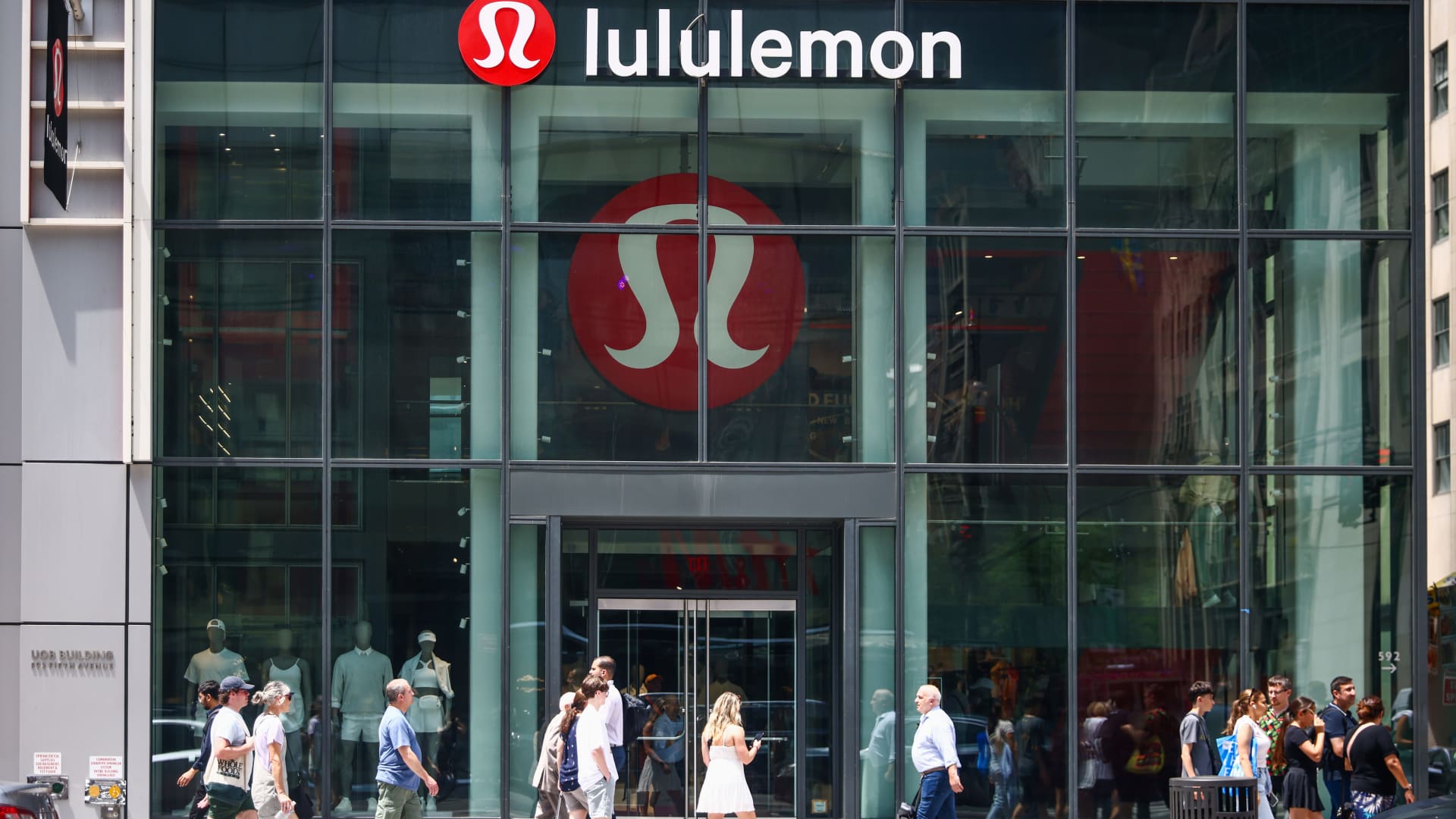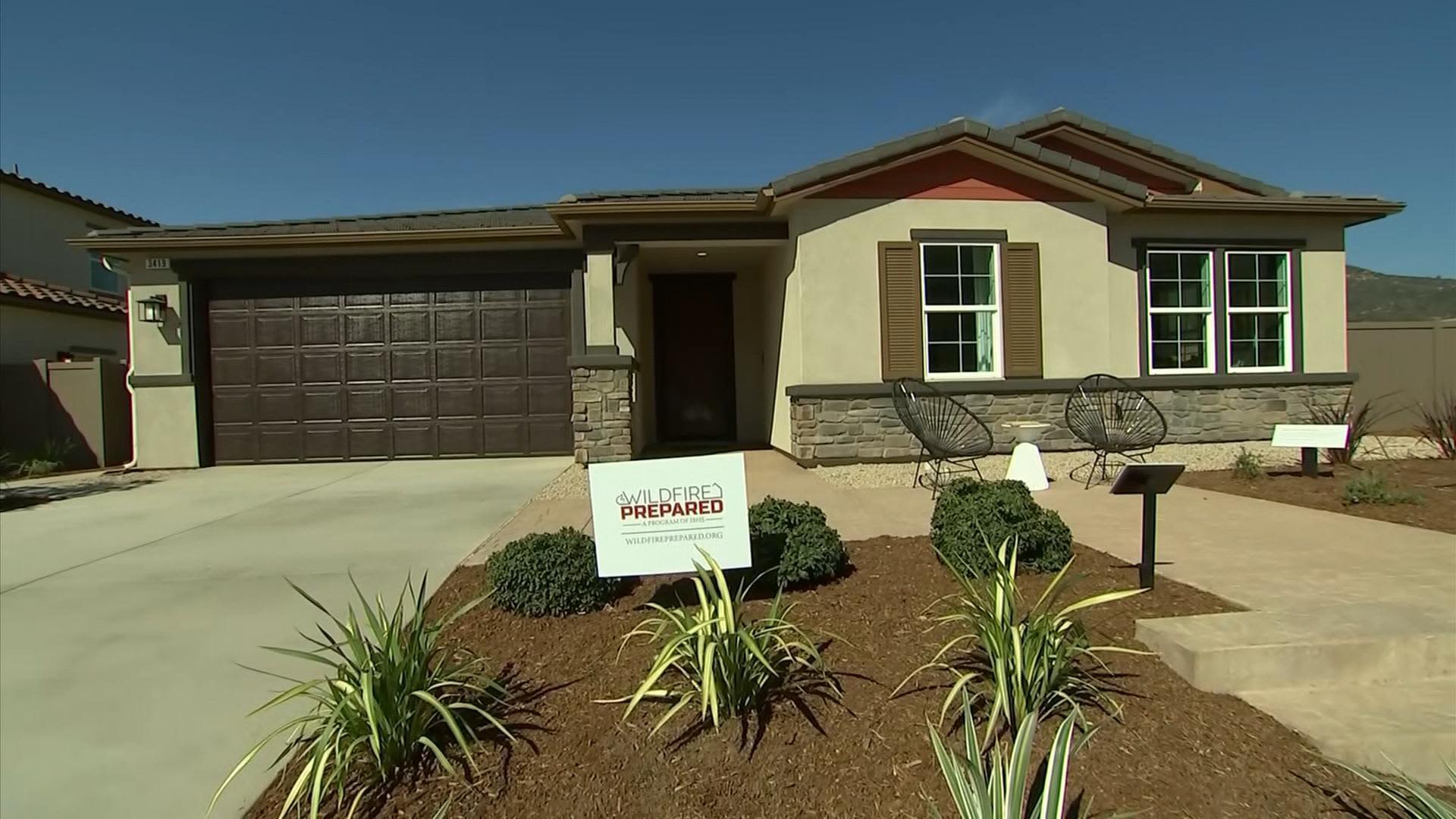Global Trends and Politics
The Political Divide: A Threat to Workplace Collaboration

In today’s increasingly polarized world, the political divide is no longer limited to the political sphere; it has seeped into every aspect of our lives, including the workplace. The once-neutral space, where colleagues from diverse backgrounds and political affiliations come together to work towards a common goal, has become a battleground for political ideologies. This growing divide is not only affecting employee morale and productivity but also impacting the overall performance and success of organizations.
The Rise of Political Discourse in the Workplace
The rise of social media and the 24-hour news cycle have created an environment where people are more likely to engage in political discussions, share their opinions, and react to current events. This has led to a proliferation of political rhetoric and debate in the workplace, often with unintended consequences. Employees are increasingly finding themselves entangled in heated debates, with some feeling pressured to conform to a particular ideology or risk being ostracized.
The Consequences of Political Divisions in the Workplace
The consequences of political divisions in the workplace are far-reaching and can have a significant impact on employee well-being, morale, and job performance. Some of the consequences include:
* Increased stress and anxiety: Political debates can create a toxic work environment, leading to increased stress and anxiety levels among employees.
* Decreased collaboration and productivity: When employees feel forced to choose between their political beliefs and their colleagues, it can lead to decreased collaboration and productivity.
* Negative impact on employee well-being: The pressure to conform or be ostracized can lead to feelings of isolation, depression, and even anxiety disorders.
Managing the Political Divide in the Workplace
So, how can organizations and employees navigate this treacherous terrain and maintain a positive and inclusive work environment? Here are some strategies to consider:
* Encourage open communication: Encourage employees to share their thoughts and concerns in a respectful and open manner, without fear of retribution or judgment.
* Foster empathy and understanding: Encourage employees to put themselves in others’ shoes and understand their perspectives, even if they disagree with them.
* Promote inclusivity and diversity: Celebrate diversity and inclusivity by promoting a culture of respect, empathy, and understanding.
Real-Life Examples of the Political Divide in the Workplace
The political divide in the workplace is not limited to anecdotal evidence; it is a reality that many organizations are facing today. For instance, in 2018, a survey by the Society for Human Resource Management found that 54% of employees reported that politics were a source of stress at work. Similarly, a 2020 survey by the American Psychological Association found that 65% of employees reported feeling stressed about politics at work.
In a recent example, a software engineer, who identified as a conservative, was fired from his job after posting a message on social media expressing his support for the current president. The company cited the post as “inconsistent with our values” and “distracting to the workplace.” The engineer argued that his political views were not relevant to his job performance and that he was being targeted for his beliefs.
Conclusion
The political divide in the workplace is a pressing issue that requires immediate attention and action. As organizations, it is crucial to create a culture of inclusivity, empathy, and understanding, where employees feel comfortable sharing their thoughts and ideas without fear of retribution or judgment. By doing so, we can create a positive and productive work environment, where everyone feels valued, respected, and heard.
FAQs
Q: How can I handle a political disagreement with a colleague?
A: Try to approach the conversation with empathy and understanding, and avoid taking personal offense. Focus on the issue at hand and try to find common ground.
Q: What if my employer is promoting a particular political agenda?
A: If you feel that your employer is promoting a particular political agenda, it may be worth speaking to HR or a supervisor to express your concerns and ensure that the organization remains neutral.
Q: How can I maintain my political beliefs without affecting my job performance?
A: Be professional, respectful, and avoid discussing politics in the workplace. Keep your political beliefs personal and out of the office.
Q: What if I’m a manager and I have employees with different political beliefs?
A: As a manager, it’s crucial to create a safe and inclusive environment where all employees feel valued and respected. Encourage open communication, empathy, and understanding, and address any concerns or issues promptly.
Global Trends and Politics
Lululemon’s Stock Drops Amid Consumer Spending Concerns

Lululemon Athletica’s shares fell significantly after the company reported a 13% increase in fourth-quarter sales to $3.61 billion but provided a full-year sales forecast below analyst expectations. CEO Calvin McDonald attributed the cautious consumer spending to inflation and economic uncertainties, noting that shoppers are cutting back on discretionary purchases. The company is focusing on increasing brand awareness, particularly in markets like France, Germany, and Japan, and is introducing new product lines such as Glow Up and BeCalm to attract customers.
Despite these efforts, Lululemon faces challenges from increased competition and changing fashion trends, which have contributed to flat comparable sales in the Americas. International sales, however, rose by 20%, indicating potential growth opportunities abroad.
Analysts have mixed outlooks on Lululemon’s future performance. Some maintain a positive view due to the company’s strong brand equity and international momentum, particularly in China. Others express concern over slowing domestic growth and the impact of consumer conservatism on discretionary spending.
As Lululemon navigates these economic headwinds, its strategies to enhance brand recognition and diversify product offerings will be crucial in maintaining its market position.
Global Trends and Politics
Lululemon Q4 2024 Earnings

Lululemon Beats Earnings Expectations but Disappoints with 2025 Guidance
Earnings Call Highlights Uncertainty and Focus on Controllables
Lululemon, a Canadian athleticwear company, has reported its fiscal fourth-quarter earnings and revenue, beating Wall Street expectations. However, the company’s 2025 guidance has disappointed analysts, leading to a 13% plunge in shares on Friday morning.
Earnings and Revenue Performance
For the quarter ended February 2, Lululemon reported earnings per share of $6.14, exceeding the expected $5.85, and revenue of $3.61 billion, surpassing the expected $3.57 billion. The company’s full-year 2024 revenue came in at $10.59 billion, up from $9.62 billion in 2023.
Guidance and 2025 Outlook
Lululemon expects first-quarter revenue to total $2.34 billion to $2.36 billion, missing Wall Street analysts’ expectation of $2.39 billion. The company anticipates full-year fiscal 2025 revenue of $11.15 billion to $11.30 billion, below the analyst consensus estimate of $11.31 billion. For the first quarter, Lululemon expects to post earnings per share in the range of $2.53 to $2.58, missing Wall Street’s expectation of $2.72.
Gross Margin and Tariffs
CFO Meghan Frank stated that gross margin for 2025 is expected to fall 0.6 percentage points due to higher fixed costs, foreign exchange rates, and U.S. tariffs on China and Mexico.
Comparable Sales and International Growth
Lululemon reported a 3% year-over-year increase in comparable sales for the quarter, excluding the 53rd week of the 2024 fiscal year. Comparable sales in the Americas were flat, while they grew 20% internationally.
Conclusion
Lululemon’s earnings report highlights the challenges faced by the company in the current economic environment, characterized by uncertainty and inflation concerns. Despite beating earnings expectations, the company’s guidance for 2025 has disappointed analysts, leading to a decline in shares. The company’s focus on innovation and expansion into new markets may help mitigate the impact of macroeconomic factors, but the path forward remains uncertain.
Frequently Asked Questions
Q: What were Lululemon’s earnings and revenue for the fourth quarter?
A: Lululemon reported earnings per share of $6.14 and revenue of $3.61 billion for the quarter ended February 2.
Q: How did Lululemon’s 2025 guidance compare to analyst expectations?
A: Lululemon’s 2025 guidance fell short of analyst expectations, with revenue expectations of $11.15 billion to $11.30 billion, below the consensus estimate of $11.31 billion.
Q: What impact did tariffs have on Lululemon’s gross margin?
A: Tariffs on China and Mexico are expected to contribute to a 0.6 percentage point decline in gross margin for 2025.
Q: How did Lululemon’s comparable sales perform in the quarter?
A: Lululemon reported a 3% year-over-year increase in comparable sales, with international sales growing 20% and Americas sales being flat.
Global Trends and Politics
KB Home Unveils Its First ‘Fire-Resilient’ Community in California

KB Home’s New Wildfire-Resilient Neighborhood in Escondido, California
Just months after raging wildfires destroyed thousands of homes in the Los Angeles area, California-based KB Home is unveiling what it calls its first "wildfire-resilient" community.
What Makes These Homes So Resilient?
The development, in Escondido, just outside San Diego, will have 64 single-family homes when completed that all meet the wildfire resilience standards developed by the Insurance Institute for Business & Home Safety (IBHS). These standards are designed to protect the homes against the three major sources of ignition during a wildfire: flying embers, flames, and radiant heat. The homes are built with covered gutters, enclosed eaves, noncombustible siding, tempered-glass windows, and non-combustible patios, doors, and roofing. They also incorporate defensible space with low-combustible vegetation at least 5 feet from the homes. Metal fencing is used throughout the neighborhood.
A Research and Development Project
Steve Ruffner, regional general manager of KB Home’s coastal division, said he and his colleagues saw a fire-resistant home demonstration by IBHS at the Pacific Coast Builders Conference last summer and were impressed by the opportunity this type of community presented. Since KB Home had already broken ground on the development, they had to change gears quickly to incorporate the fire-resilient components.
"We had to change the architecture on the fly to a more stucco-oriented architecture with fire-resistant shutters, or fire-free shutters and doors and tempered windows. We were able to do that really quickly with the city, because they wanted to work with us. They really understood that this was important for their city," Ruffner said.
Costs and Affordability
The homes range from $1 million to the low millions, which tends to be a move-up price in that area for single-family, detached homes. Ruffner called it more of a research and development project to see what the costs might be and how to work with trade partners to lower that cost, although he wouldn’t say how much those costs increased.
A New Era in Home Building
As climate change causes more severe drought in more areas of the country, focus is shifting to fire-resistant homes and communities. During the Palisades Fire in January, some homes that had been specifically built to fire-resistant standards remained unscathed while everything around them was destroyed. These types of homes, however, are largely one-offs by custom builders. There has been progress in California on a home-by-home basis, but KB Home is the first big production builder in the country that has designed and is fully building out 64 homes all to meet the wildfire-prepared neighborhood standard.
Conclusion
KB Home’s new wildfire-resilient neighborhood in Escondido, California, is a testament to the company’s commitment to innovation and customer safety. As the threat of wildfires continues to loom over many communities, KB Home is leading the way in building homes that can withstand the devastation.
Frequently Asked Questions
Q: What makes these homes so resilient?
A: The homes in the new neighborhood meet the wildfire resilience standards developed by the Insurance Institute for Business & Home Safety (IBHS), which are designed to protect homes against the three major sources of ignition during a wildfire.
Q: How much do these homes cost?
A: The homes range from $1 million to the low millions, which tends to be a move-up price in that area for single-family, detached homes.
Q: Will these homes be entirely risk-free?
A: No, while these homes are designed to be fire-resistant, they are not entirely risk-free. Homeowners and cities will need to make changes when it comes to non-combustible landscaping, elevations, and design.
-

 Career Advice4 months ago
Career Advice4 months agoInterview with Dr. Kristy K. Taylor, WORxK Global News Magazine Founder
-

 Diversity and Inclusion (DEIA)4 months ago
Diversity and Inclusion (DEIA)4 months agoSarah Herrlinger Talks AirPods Pro Hearing Aid
-

 Career Advice4 months ago
Career Advice4 months agoNetWork Your Way to Success: Top Tips for Maximizing Your Professional Network
-

 Changemaker Interviews3 months ago
Changemaker Interviews3 months agoUnlocking Human Potential: Kim Groshek’s Journey to Transforming Leadership and Stress Resilience
-

 Diversity and Inclusion (DEIA)4 months ago
Diversity and Inclusion (DEIA)4 months agoThe Power of Belonging: Why Feeling Accepted Matters in the Workplace
-

 Global Trends and Politics4 months ago
Global Trends and Politics4 months agoHealth-care stocks fall after Warren PBM bill, Brian Thompson shooting
-

 Global Trends and Politics4 months ago
Global Trends and Politics4 months agoUnionization Goes Mainstream: How the Changing Workforce is Driving Demand for Collective Bargaining
-

 Training and Development4 months ago
Training and Development4 months agoLevel Up: How Upskilling Can Help You Stay Ahead of the Curve in a Rapidly Changing Industry









